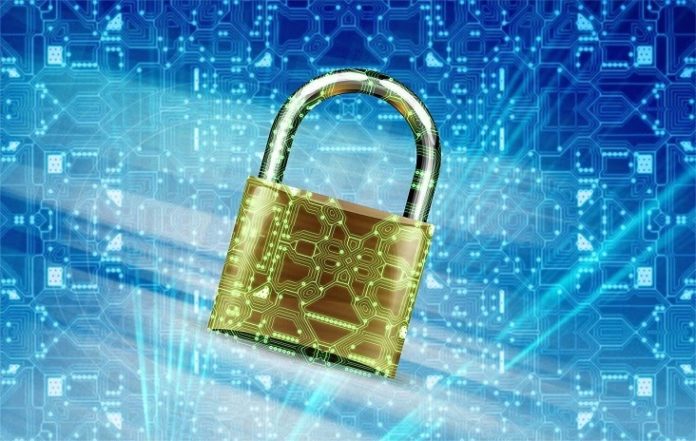No matter how well-prepared or aligned with a mobility strategy the enterprises across the globe were, no one was ready for full-blown remote working. The pandemic brought in the need to move the operations of all businesses online, albeit urgently. As employees across the globe started working remotely, provisioning the devices used by the employees- company-owned as well as personal was a primary concern for the business leaders. Ensuring business continuity was the focus and rightly so. Employees needed to have fast and consistent access to corporate resources- be it servers, apps, and content to ensure productivity while working from home.
And the next but extremely important concern for businesses was data security. With employees working outside the secure corporate network, the data was exposed to vulnerabilities, threats, and misuse that companies had little control over. As the remote working phenomenon looks like it is here to stay, the discussion opens up about security best practices and measures companies need to take to ensure end-to-end data security, irrespective of the employees’ location.
Also Read: How to Improve Security of Your Remote Employee’s Home Network?
Here are the key points that business leaders need to consider around corporate data security:
Network security is critical
Employees working remotely connect to unknown, public, or shared networks to access company networks and resources. This essentially opens doorways to attackers into your corporate data and hence routing all the traffic to critical corporate networks and data via a trusted VPN can help in maintaining network security. The VPN can be enforced via a Mobile Device Management Software and it can also help in selectively enforcing work apps and data on BYO devices.
Cybersecurity concerns are real
When employees make use of Unmanaged devices, routers, printers, and other devices, the cybersecurity is jeopardized. Every app or website the employee accesses on these connected devices can serve as an entry point for cyber-attacks and hence for corporate devices, whitelisting apps and websites that are trusted for security can be allowed while blocking the rest. Similarly, blocking emails from unknown senders to corporate email can help in combating phishing attacks.
Also Read: Look Out for these Emerging Cybersecurity Threats!
Choose a secure communication channel
Speaking of email, it is very important to choose one trusted communication tool to share updates, exchange files, and send alerts to employees working remotely. This can ensure that the email attackers do not take advantage of the vulnerabilities raised by attackers in a sensitive time such as the pandemic. This secure communication channel can be ‘work-only’, contacts can be added on invitation basis and file-sharing can be encrypted.
Sightlines and eavesdropping
We emphasize heavily on access control, completely ignoring the fact that the data is always under the line of sight of people and connected devices in the environment. If the employees are working from a library or a cafe, for instance, cybercriminals can keep a track of your activity by looking at your screens or by the movements on your keypad to understand the passwords for instance. Blocking the sightlines by covering your keypad while typing in the computers is a simple security measure that can be taken in such scenarios. In the world of hyper-connected devices such as smart home assistants and virtual assistants lurking from your phone, eavesdropping can very likely take place and hence it is recommended that when employees get on a confidential call or team meeting, they switch off such devices and lock the door of the rooms they take the call from- it’s a strange world that we live in!

Your data is only as secure as your employees want it to be
This is an excruciatingly important aspect of security that most businesses tend to ignore. Your data security ultimately lies within the responsibility of your employee and it is extremely important to build a culture of security within your workforce. The security protocols and enforcement of policies for data protection work only when your employees are aware of the importance of maintaining security. Educating your employees about locking their devices when not in use, not accessing malicious websites on their devices, never sharing devices or network passwords with anyone, and using only corporate designed channels to communicate and share files can help to upkeep the security of your corporate data.
Closing lines…
Remote working is here to stay. Businesses that can prepare for the security, productivity, and employee engagement challenges can sail through difficult times with ease. By implementing a robust mobility strategy and coupling it with a trusted MDM can help!
Also Read: Can AI Transform Cybersecurity?









